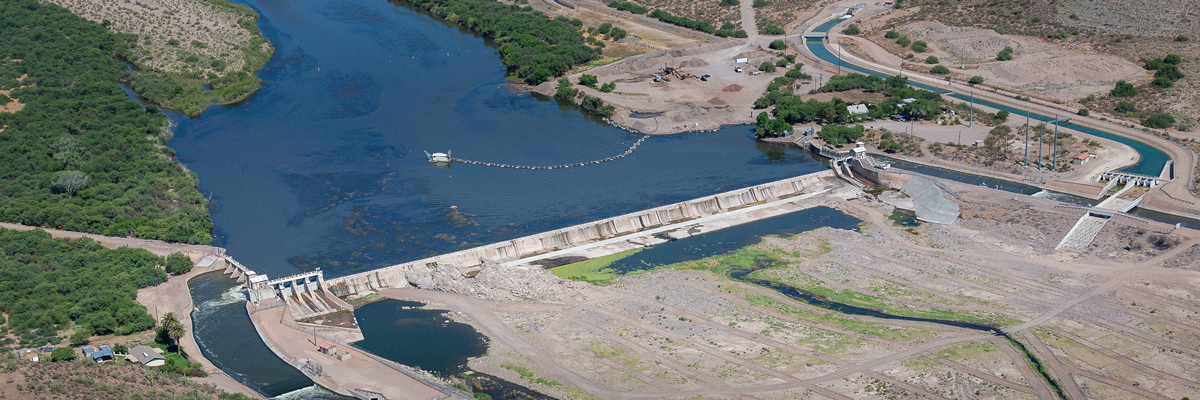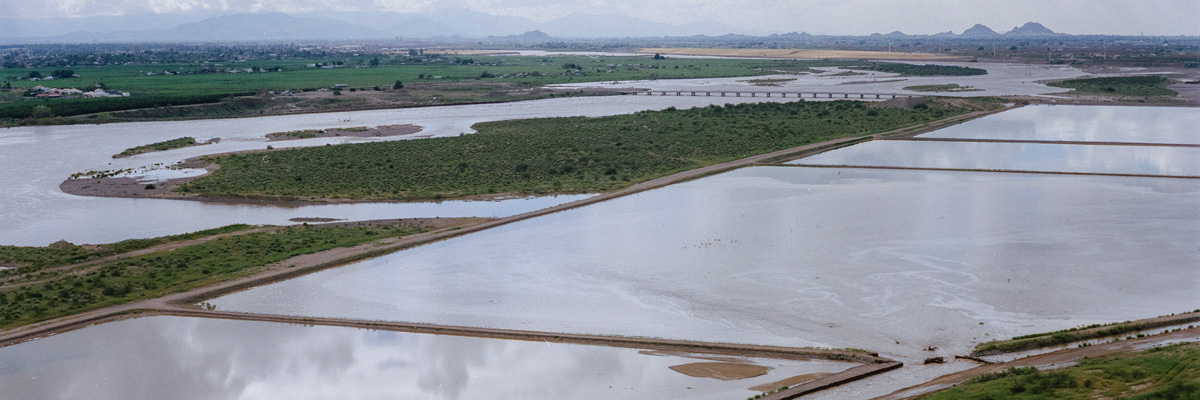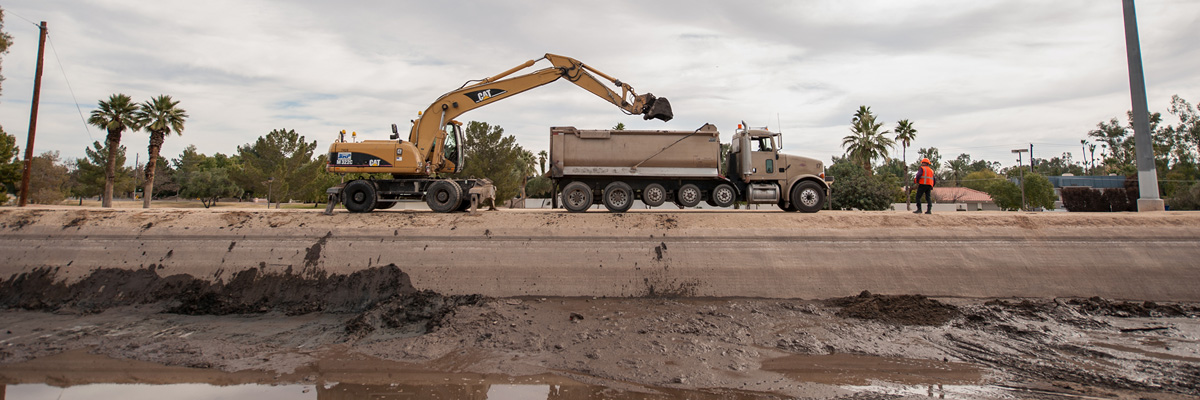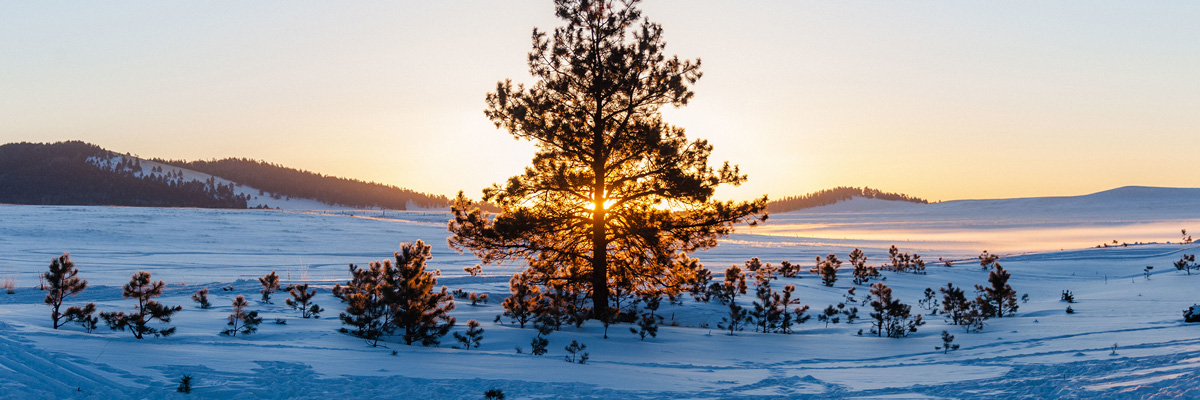
Granite Reef Diversion Dam
Granite Reef Diversion Dam doesn’t store water or generate power, but it does play a critical role in delivering water to the Valley.
What’s a diversion dam?
A diversion dam is a type of dam that diverts some or all of the flow of a river from its natural course into a canal.
The Granite Reef Diversion Dam diverts water released from storage dams on the Salt and Verde rivers into the Arizona and South canals. Water then flows to metropolitan Phoenix for irrigation and drinking water.
A key piece of infrastructure located near the dam allows Colorado River water to be a viable supplement to the Greater Phoenix area’s water supply. The CAP-SRP Interconnection Facility (CSIF) allows Colorado River water to be split off from the Central Arizona Project (CAP) canal and enter the SRP system where it is delivered to water treatment plants, irrigation customers and underground recharge projects. Since the CSIF was completed in 1990, over 3 million acre-feet of CAP water has been transported with over half stored underground for future use. One acre-foot is enough water for two to three average households annually.
History of the Granite Reef Diversion Dam in Arizona
The Granite Reef Diversion Dam’s history began years before Arizona was even a state.
It all started with another diversion dam – the Arizona Dam, which diverted water for canals on the north side of the Salt River in the early 1900s.
Floods washed out this diversion structure in April 1905, causing serious problems for farmers under the Arizona Canal. Ultimately, this led the federal government to buy the northside canal system and construct Granite Reef Diversion Dam.
Designed as a single point of diversion for all of the northside and southside canals, the concrete dam was authorized in July 1906. Construction began in October 1906 and was completed in May 1908.
The dam stands at 29 feet high and 1,000 feet long.


